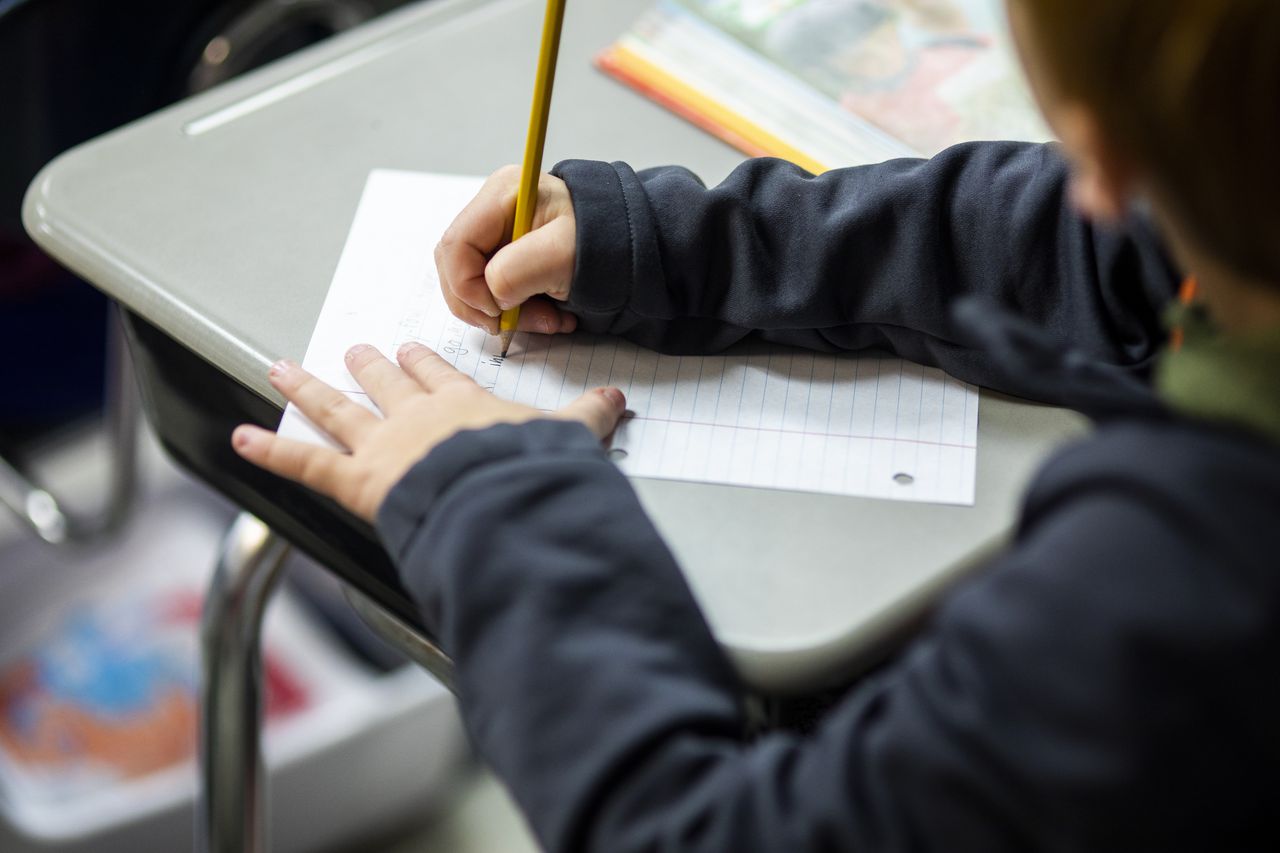Lawmakers propose major expansion of school choice, scholarship program
Alabama lawmakers have filed a bill to expand school choice eligibility and offerings under the Alabama Accountability Act, a program that offers tuition scholarships for some students who want to attend a school other than the child’s assigned public school.
Under SB263, the program would expand eligibility to students with a higher family income; include all students with IEPs, intellectual or physical disabilites; increase the amount of possible scholarships to $10,000 per student; and require students using scholarships to take the state’s annual standardized test in math and reading.
The scholarships come from donations collected by nonprofit entities called scholarship granting organizations. Student eligibility for scholarships is determined by family income.
Eligible students can use those scholarships to attend one of 157 participating private schools or to pay tuition to a public school other than the school the child is zoned to attend.
Around 2,700 students currently use scholarships to attend private schools, most of which are religious schools.
The bill also would cut the “failing” label from the lowest-performing public schools. Under current law, parents at “failing schools” can enroll their child in a different school within the district, claim a tax credit for costs associated with private school tuition an out-of-district public school that agrees to enroll their child.
The new bill would designate “priority” schools, with students eligible for the tax credits, as those which earn an ‘F’ on the state report card.
A separate bill aiming to drop the “failing” label, sponsored by Rep. AJ McCampbell, D-Demopolis, would rename “failing” schools as “lowest 6th percent” schools. HB30 received unanimous approval in the House and waits in the Senate for approval.
Currently, tax credit scholarships are available to families who make 185% of the federal poverty level. In 2023, that income level would be $45,991. The Accountability Act proposal would raise the cap to 250% of the federal poverty level, or an annual income of $57,575.
Another big change under the proposal would be that all students using scholarships would have to take the state achievement test, the ACAP.
Currently, schools where scholarship students attend are required to report results from whatever test the school uses.
As required by law, test results are analyzed every other year to determine the academic achievement level of scholarship students. Researchers repeatedly emphasize the difficulty in comparing results for economically disadvantaged students from dozens of different tests used by private schools to students taking the state’s ACAP.
During the 2021-22 school year, 2,853 students obtained scholarships through the program, down from a high of 4,147 students in the 2019-20 school year. Scholarships last year averaged $6,500 each, higher than previous years.
The AAA tax credit scholarship program, in existence since 2013, has granted 25,900 scholarships across all years, paying $147.4 million in tuition mostly to private schools, including religious schools.
Opponents of the AAA claim the program takes money away from public schools because tax credits come from the Education Trust Fund, the state source of public school funding.
The $30 million yearly tax credit cap has been reached only once, during the 2017-18 school year when it was raised from $25 million, but donations dropped off drastically in the 2018-19 and 2019-20 school years, when less than $10 million was donated each year.
Through 2020, the total amount of tax credits claimed is just over $140 million according to figures obtained from the Alabama Department of Revenue, which oversees the AAA program.
Potential changes come as lawmakers also debate two bills that would create Education Savings Accounts, a different format of school choice.
ESAs allow parents to access up to $6,900 in state education funding to pay for educational services rather than enroll their child in public school full-time. ESAs are akin to vouchers, allowing funds to be accessed directly by families but differ from vouchers in that ESAs can be used to pay for more than tuition.
Changes proposed by SB263 also include:
- Capping eligibility for continued scholarship eligibility for students whose family income increases over time, from 275% to 350% of the federal poverty level,
- Allowing all students with Individualized Education Programs or Section 504 plans who have disabilities or need special accommodations, regardless of family income, to be eligible.
- Expanding eligible expenses beyond tuition and fees to include transportation and uniform costs and costs for services related to a child’s unique needs, and services by a licensed private tutor,
- Creating a mechanism for automatically upping the maximum tax credits allowed by $10 million, up to a maximum of $60 million,
